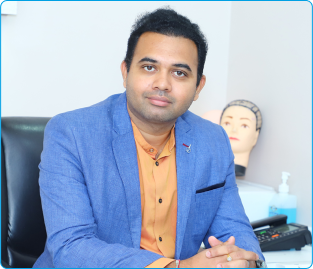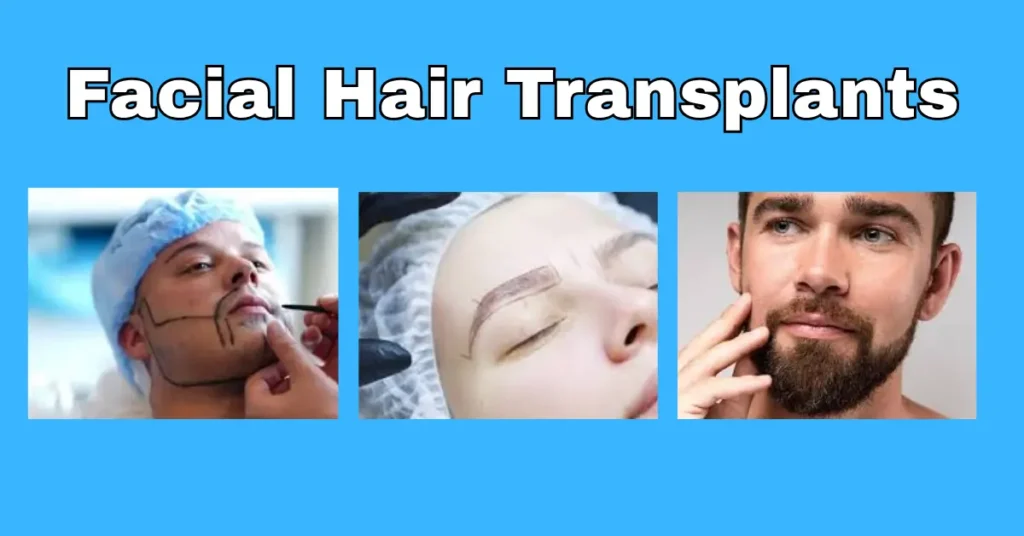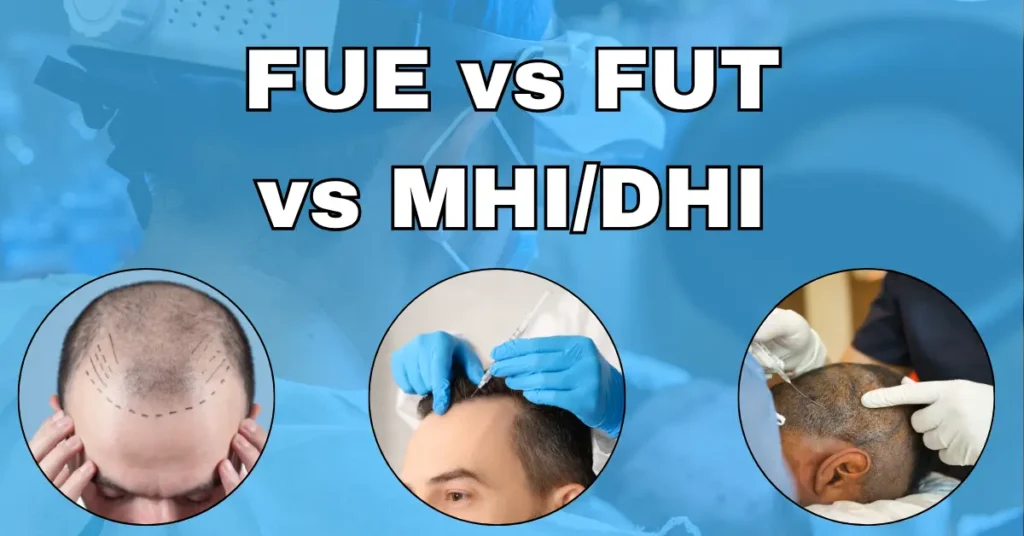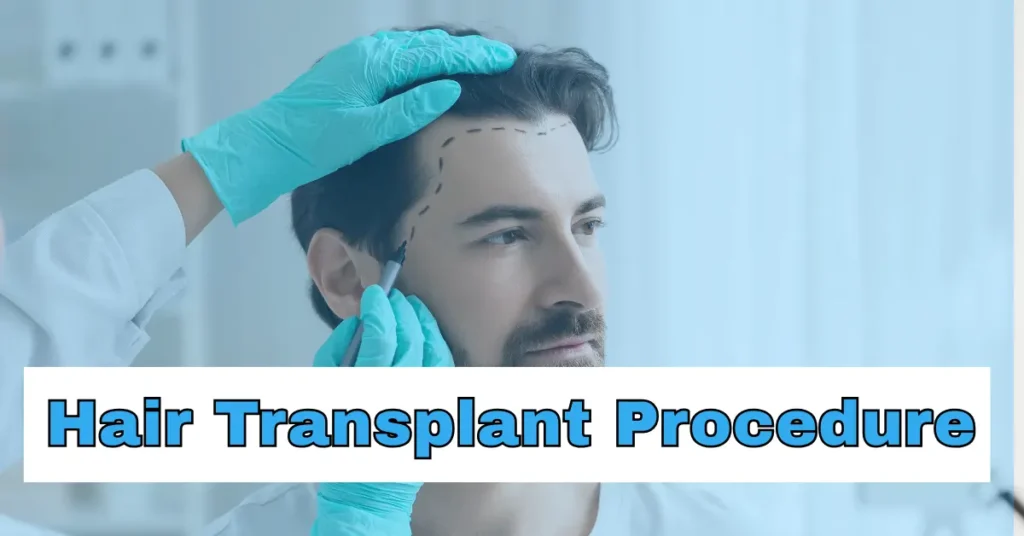Hair Transplant Growth Timeline is essential to understanding how a Natural Looking Hair Transplant And Results actually unfold. When you choose a modern hair transplant procedure like FUE or DHI, you’re not just restoring hair—you’re restoring confidence. These advanced techniques allow skilled hair transplant surgeons to implant each hair graft with precision, following your natural hairline and density. Within 3–4 months, you’ll start seeing early signs of new hair growth. Full, natural-looking results typically appear by 9 to 12 months.
This option is perfect for men and women dealing with hair thinning, bald spots, or a receding hairline who want a discreet, effective solution for hair loss. Unlike older techniques, modern hair restoration methods ensure that the newly transplanted hair blends flawlessly with your natural strands—making the results virtually undetectable. There’s no “pluggy” look—just real, healthy hair that grows naturally over time. It’s a long-term solution to hair loss that’s subtle, safe, and life-changing.
In recent years, hair transplant procedures have gained popularity for their ability to restore confidence and provide a natural appearance. The evolution of types of hair transplant techniques and technologies has made it possible to achieve hair transplant results that are virtually undetectable. In this article, we’ll explore what makes a hair transplant look natural, the techniques used, and what results you can expect.
A hair transplant is a meticulous surgical process in which healthy hair follicles are strategically extracted from the donor area—usually the sides or back of the scalp—and implanted into areas affected by baldness or thinning. The main aim is to recreate a natural-looking hairline that integrates smoothly with existing hair. When choosing a solution for hair loss, it’s crucial that the outcome looks completely authentic. A truly natural hair transplant not only restores your appearance but also boosts your confidence and emotional well-being.
Techniques That Deliver Natural Results
To achieve the most natural looking hair transplant, several types of hair transplant procedures can be employed. These methods focus on the careful selection and placement of hair follicles to mimic natural hair growth patterns.
- Follicular Unit Transplantation (FUT) involves removing a strip of skin from the donor site and dissecting it into individual follicular units. This method allows transplant surgeons to transplant a large number of hair grafts in one session, which is helpful for patients with extensive type of hair loss.
- Follicular Unit Extraction (FUE) is a minimally invasive method that extracts individual hair follicles directly from the donor area. FUE is favored for its minimal scarring and realistic outcomes, especially in FUE hair transplantations.
- Modified Hair Implantation (MHI) / DHI are advanced techniques where the hair follicles are implanted directly into the recipient area using specialized tools. These allow for greater control over angle, depth, and direction—enhancing the natural look of transplanted hair.
Factors That Influence Natural Outcomes
Multiple elements influence how natural and successful your results will be from a hair transplant—including the skill of the hair transplant surgeon, the angle and placement of hair follicles, hair Your hair’s density, texture, and the specific type of hair loss you’re experiencing all play a vital role in customizing the right treatment approach.
- A personalized, well-designed hairline that complements your age and face shape is crucial. A skilled hair transplant surgeon will create a pattern that mimics nature.
- Natural density and distribution matter. The alignment of hair follicles should follow your original growth pattern.
- Matching hair texture, curl, and color during implantation is vital for seamless results.
Enhancing Natural Results with Modern Techniques
Newer, organic practices also play a role:
- PRP (Platelet-Rich Plasma) therapy uses your body’s own healing properties to boost hair regrowth and recovery post-surgery, supporting healthier hair follicles and better growth.
- Natural, chemical-free hair products help sustain the health of your scalp and transplanted hair after surgery.
Hair Transplant Recovery Timeline: What to Expect After Surgery for Best Results
Some swelling and redness may occur initially, but this subsides in a few days.
- Hair transplant expectations should include initial shedding of transplanted hair, with visible hair regrowth beginning after a few months.
- Full transformation is typically seen within 9–12 months.
- Choose a surgeon who holds verified credentials and has extensive experience in FUE, FUT, and newer innovations like DHI and MHI. Always review a detailed portfolio of completed hair transplant surgeries to evaluate their results and consistency.
Choosing the Right Hair Transplant Surgeon
- Choose a surgeon who holds verified credentials and has extensive experience in FUE, FUT, and newer innovations like DHI and MHI.
• Always review a detailed portfolio of completed hair transplant surgeries to evaluate their results and consistency.
Book a consultation that focuses on your goals, donor area availability, recipient area, and medical history.
Conclusion: Why Mumbai Leads as India’s Top Hair Transplant Destination
When it comes to achieving a natural-looking hair transplant, Mumbai stands out as the ideal location—offering world-class care, skilled transplant surgeons, and unmatched value. Mumbai proudly hosts some of India’s most skilled and trusted hair transplant surgeons, including the highly reputed Dr. Amit Agarkar, known for delivering consistent, natural-looking results through cutting-edge techniques.
He is widely respected for achieving consistently natural results, with each treatment thoughtfully personalized to match the individual goals and hair profile of every patient.
Mumbai clinics offer cutting-edge techniques such as MHI (Modified Hair Implantation) / DHI with FUE, ensuring high precision, minimal scarring, and optimal hair transplant experience. These advanced technologies allow for better control over the placement of each hair graft, significantly improving the aesthetic of the transplanted hair.
What makes Mumbai even more attractive is its status as a thriving medical tourism hub. Patients from around the world choose the city not just for its skilled doctors and advanced methods, but also for its affordability, excellent medical infrastructure, and relaxing post-procedure recovery options—including access to coastal retreats, luxury accommodations, and wellness centers.
With top-tier professionals, the latest in types of hair transplant techniques, and an inviting environment for recovery, Mumbai offers the complete package for anyone seeking a reliable and natural solution to hair loss. Whether you’re in the early stages of androgenetic alopecia or seeking to correct bald spots, Mumbai ensures a smooth journey—from consultation to confident results.

















